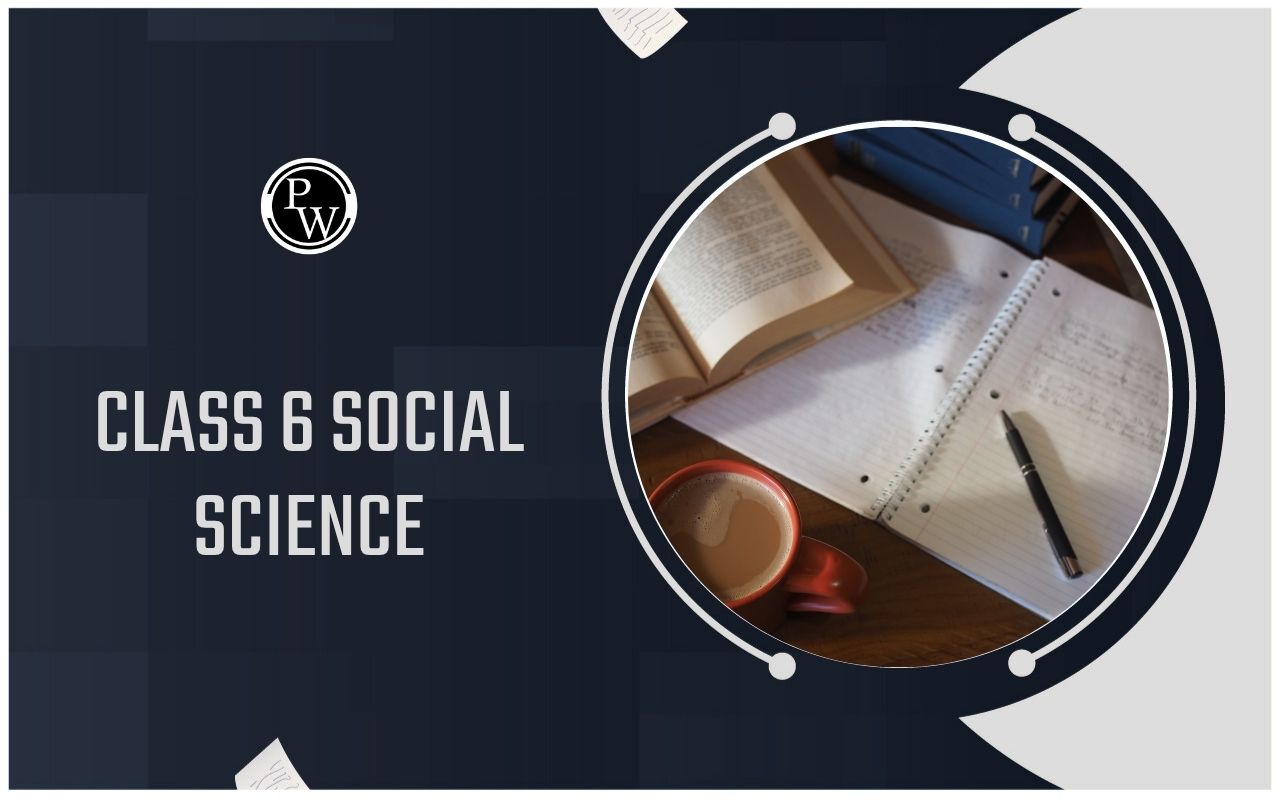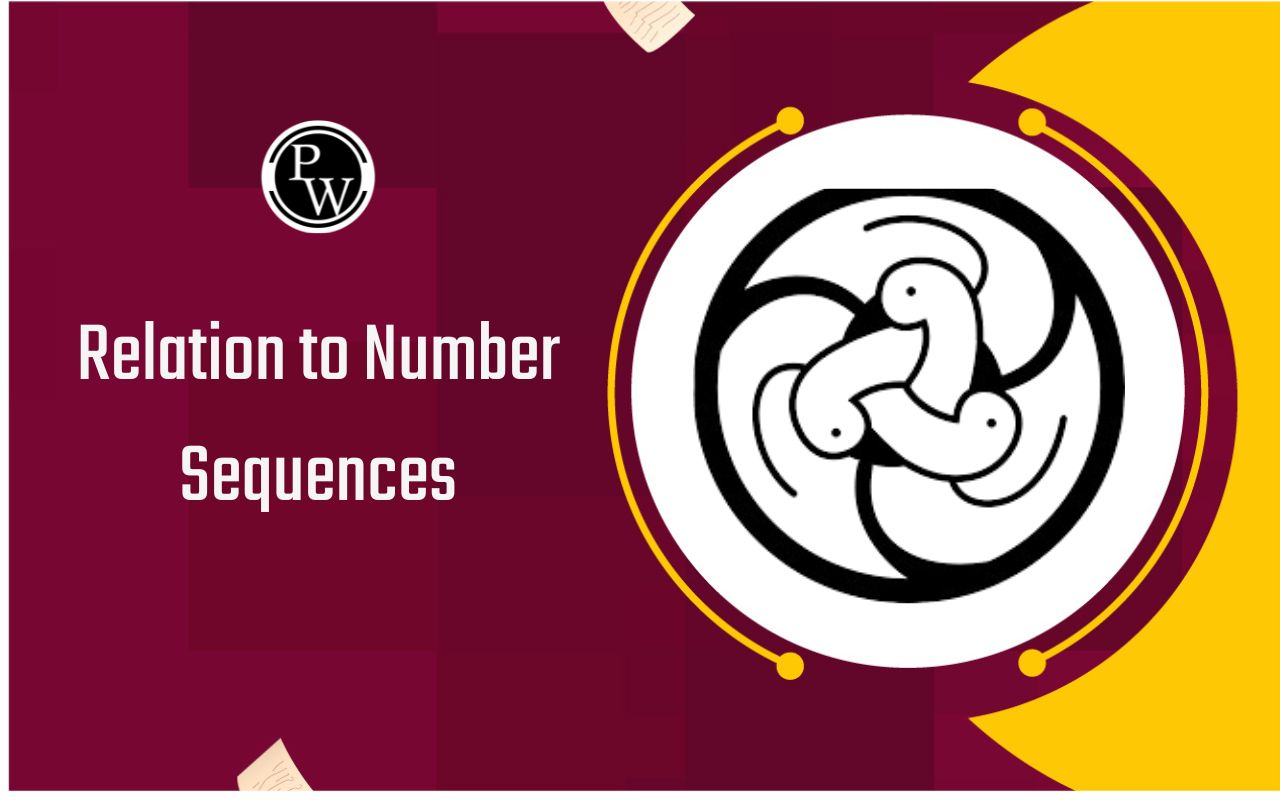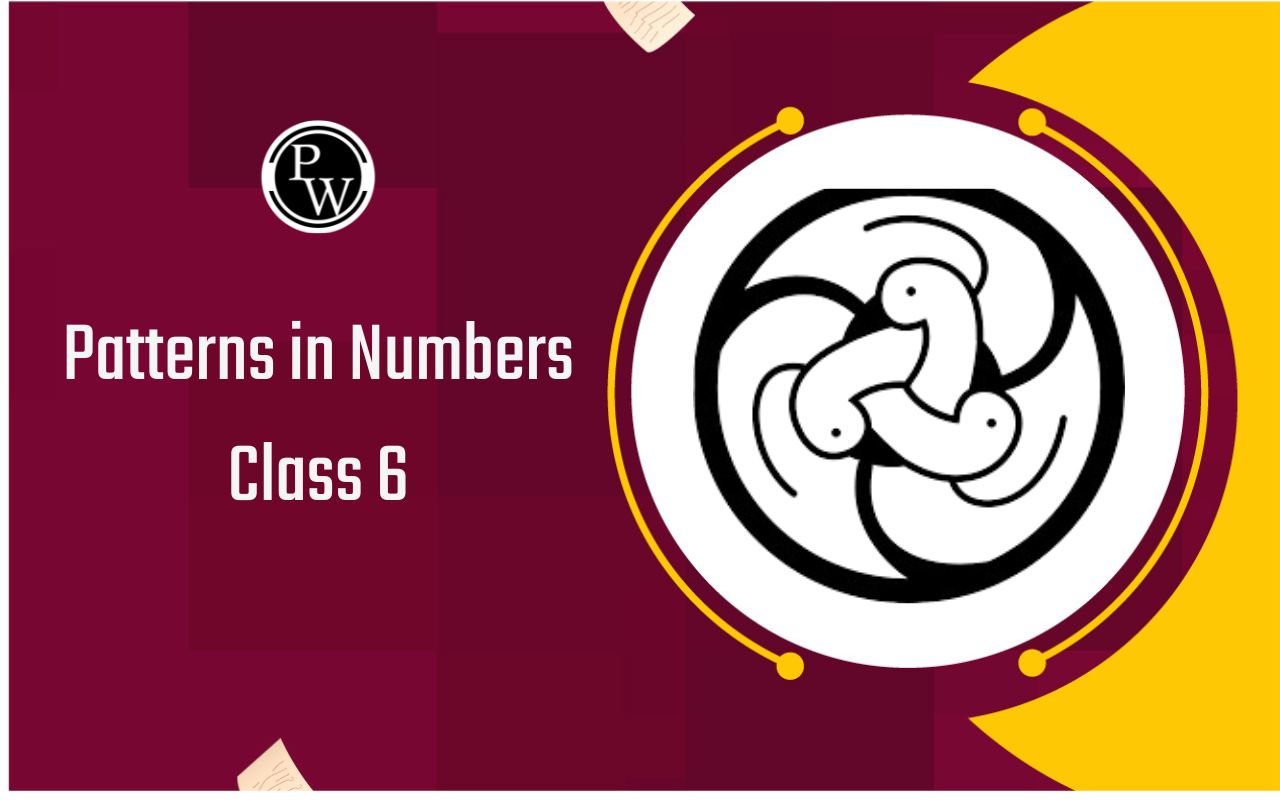
RD Sharma Solutions for Class 6 Maths Chapter 1 Exercise 1.3: Understanding numbers is the first step in building strong mathematical skills. Chapter 1 of RD Sharma’s Class 6 Maths book, Knowing Our Numbers, lays the foundation for number sense.
Exercise 1.3 is an important part of this chapter as it helps students learn how to read, write, and compare large numbers. RD Sharma Solutions for Exercise 1.3 provide detailed and easy-to-follow explanations that guide students through each problem and strengthen their basic math concepts.
RD Sharma Solutions for Class 6 Maths Chapter 1 Exercise 1.3 Overview
Exercise 1.3 of Chapter 1 Knowing Our Numbers focuses on helping students understand how to read, write, compare, and arrange large numbers using both the Indian and International number systems.
This part of the chapter strengthens a student’s ability to distinguish between different place value systems and develop number sense.
The RD Sharma Solutions provide step-by-step guidance for each question, making it easier for students to grasp the logic behind comparing and ordering numbers. These solutions are useful in building a strong foundation in Mathematics and preparing for exams with confidence.
RD Sharma Solutions for Class 6 Maths Chapter 1 Knowing Our Numbers Exercise 1.3
Below are the RD Sharma Solutions for Class 6 Chapter 1 Knowing Our Numbers Exercise 1.3:
1. How many four digit numbers are there in all?
Solution:
We know that the 10 digits are 0, 1, 2, 3, 4, 5, 6, 7, 8 and 9
0 cannot be used in thousands place so only nine digits can be used.
10 digits can be used in hundreds, tens and units place
The number of four digit numbers = 9 × 10 × 10 × 10 = 9000
Therefore, 9000 four digit numbers are there in all.
2. Write the smallest and the largest six digit numbers. How many numbers are between these two.
Solution:
We know that the smallest digit is 0 which cannot be used in the highest place value.
So 1 which is the second smallest digit can be used in the highest place value
The required smallest six digit number is 100000
We know that the largest digit is 9 which can be used in any place
The required largest six digit number is 999999
So we get the difference = 999999 – 100000 = 899999
Therefore, the smallest six digit number is 100000, the largest six digit number is 999999 and 899999 numbers are between these two numbers.
3. How many 8-digit numbers are there in all?
Solution:
We know that the 10 digits are 0, 1, 2, 3, 4, 5, 6, 7, 8 and 9
0 cannot be used in the highest place value and 9 can be used in the highest place value
So the 10 digits can be used in the remaining places of 8 digit numbers
The total number of 8 digit numbers = 9 × 10 × 10 × 10 × 10 × 10 × 10 × 10 = 90000000
Therefore, 90000000 eight digit numbers are there in all.
4. Write 10075302 in words and rearrange the digits to get the smallest and the largest numbers.
Solution:
The given number 10075302 can be written as one crore seventy five thousand three hundred and two.
To get smallest 8 digit number using 0, 1, 2, 3, 5 and 7
We use 1 which is the smallest digit in the highest place and largest digit 7 at the units place
Further we put 5 in the tens place, 3 in the hundreds place and 2 in thousands place
So the required smallest number is 10002357
To get largest 8 digit number using 0, 1, 2, 3, 5 and 7
We use 7 which is the largest digit in the highest place value, 5 in a place after highest place, 3 as the next one, 2 as the smallest digit and then 1.
So the required largest number is 75321000.
5. What is the smallest 3-digit number with unique digits?
Solution:
102 is the smallest 3-digit number with unique digits.
6. What is the largest 5-digit number with unique digits?
Solution:
98765 is the largest 5-digit number with unique digits.
7. Write the smallest 3-digit number which does not change if the digits are in reverse order.
Solution:
101 is the smallest 3-digit number which does not change if the digits are in reverse order.
8. Find the difference between the number 279 and that obtained on reversing its digits.
Solution:
The reverse of 279 is 972
Difference between both the numbers = 972 – 279 = 693
Therefore, the difference between the number 279 and that obtained on reversing its digits is 693.
9. Form the largest and smallest 4-digit numbers using each of digits 7, 1, 0, 5 only once.
Solution:
The largest 4 digit number = 7510
Smallest 4 digit number = 1057
Therefore, the largest and smallest 4-digit numbers using each of digits 7, 1, 0, 5 only once is 7510 and 1057.
RD Sharma Solutions for Class 6 Maths Chapter 1 Exercise 1.3 PDF Download
Students looking for well-structured and easy-to-follow solutions can download the RD Sharma Solutions for Class 6 Maths Chapter 1 Exercise 1.3 from the link provided below.
The PDF format is convenient for offline access and is a helpful guide for self-study and revision. These solutions include step-by-step methods that make it easier to understand key concepts and solve problems accurately.
RD Sharma Solutions for Class 6 Maths Chapter 1 Exercise 1.3
Study without using the internet
Preparation Tips for RD Sharma Class 6 Maths Chapter 1 Exercise 1.3
-
Practice CBSE Class 6 Maths sample papers to test your understanding of number comparison and arrangement.
-
Go through previous year questions related to this chapter to familiarize yourself with exam patterns and important topics.
-
Prepare a small chart showing differences between Indian and International number systems for easy revision.
-
Discuss tricky questions with teachers or classmates to strengthen your understanding.
|
RD Sharma Solutions for Class 6 Maths Chapter 1 - Knowing Our Numbers Exercises |
RD Sharma Solutions for Class 6 Maths Chapter 1 Exercise 1.3 FAQs
What is the main focus of Exercise 1.3 in RD Sharma Class 6 Maths?
How can RD Sharma Solutions help in understanding Exercise 1.3?
Are these solutions based on the CBSE syllabus?
How can students prepare effectively for this exercise?








